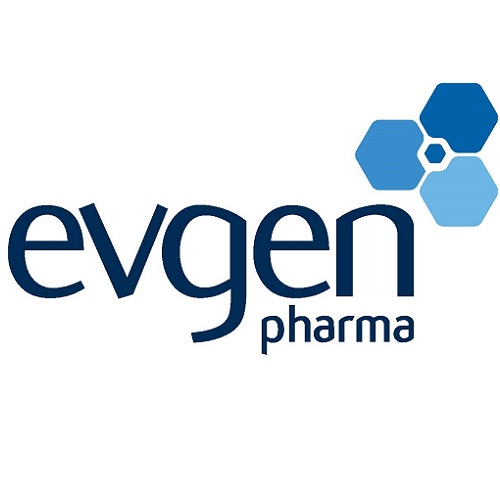Drug Discovery Group encouraged by trials progress

The AIM-listed business, which has offices in Wilmslow and Liverpool Science Park, focuses on treatments for cancer, strokes and Multiple Sclerosis.
It said it released positive interim data from its ongoing clinical study involving its SFX-01 product for the treatment and evaluation of metastatic breast cancer.
The company’s financial performance was in line with expectations, it said, involving a total comprehensive loss of £1.8m, compared with a loss of £1.7m last year, and net cash outflow of £1.5m, down from £1.7m in 2017.
It said cash and short-term investments, at September 30, stood at £2.2m, the same as last year.
A fundraising in October this year raised £750,000, before expenses.
The company also revealed encouraging data in recent preliminary reports from preclinical programmes in triple negative breast cancer, glioblastoma and ischaemic stroke.
Chief executive Stephen Franklin said: “We were delighted with the positive breast cancer interim data showing good tolerability and efficacy in this very difficult to treat patient population and are hopeful that these trends will be maintained in the final analysis.
“With final read-outs of the STEM and SAS clinical trials due in Q1 and Q2 2019, respectively, we are excited about the near-term prospects of the company.”
He added: “We have also been encouraged by our discussions with leading academics and clinicians who have access to grant funding, and who wish to use SFX-01 for new investigator-initiated trials in non-core indications such as NASH (non-alcoholic steatohepatitis), a subset of non-alcoholic fatty liver disease.
“These new clinical opportunities have the potential to broaden the use of SFX-01 and, thereby, build shareholder value.”
He said: “Our focus in the year to date has been on completing the two ongoing trials and refining the next stages of clinical development.
“We have also been working with academic clinicians to support investigator-initiated trials in non-core indications which would potentially broaden the clinical use of SFX-01 and reduce shareholder risk.”





















